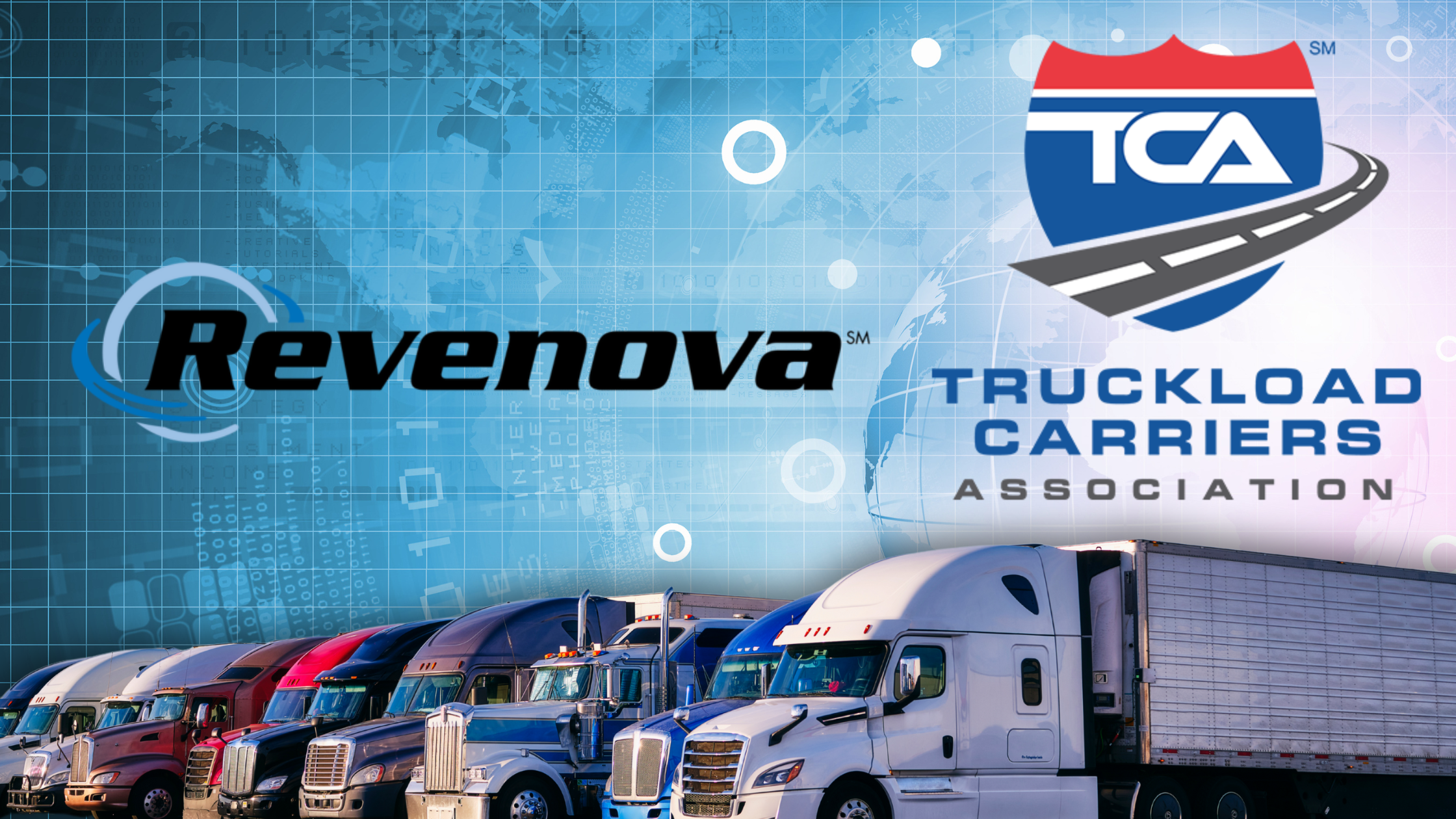
The AI Advantage: How Revenova TMS is Redefining Logistics
As artificial intelligence (AI) continues to make its mark on the transportation and logistics sectors, software vendors like Revenova, are integrating AI and machine learning capabilities into their transportation management system (TMS) to enhance automation, predictive analytics, and decision-making. Revenova is also developing innovative features that leverage AI to optimize routing, predict potential disruptions, minimize delays and improve overall supply chain visibility.
Charles Craigmile, President and CEO at Revenova, says the company isn’t just adding AI as an afterthought. Instead, Revenova is weaving AI into the very fabric of its platform in areas like:
Intelligent route optimization. AI algorithms are used to analyze vast datasets, including real-time traffic, weather patterns, and historical data, to generate optimized routes. This not only reduces fuel consumption and delivery times, but it also enhances overall efficiency.
Automated carrier selection. This is a powerful one, and something that would otherwise take a human worker hours to sift through and decide on. Instead, Revenova’s AI-powered carrier selection algorithms analyze carrier performance, rates, and availability to recommend the most suitable options for each shipment. This simplifies the tendering process, reduces the need for manual intervention and lets team members handle more strategic work.
Predict and respond to disruptive events. The TMS uses machine learning to anticipate potential disruptions, such as delays or bottlenecks, allowing customers to proactively adjust their strategies and minimize costly downtime.
Enhanced data-driven decision-making. Users get real-time, AI-generated insights through intuitive dashboards and reports. This empowers them to make informed decisions based on accurate and timely data, versus relying on outdated historical data or gut feelings, which can lead to costly errors and missed opportunities.
You’ve Come a Long Way Baby
As he reflects on how far AI has come over the last couple of years, Craigmile remembers a time when the technology was really just the domain of an “initial wave” of technologists. Actual business cases for AI were still a ways off, but approaching quickly. “Now we’re finally getting somewhere with AI, which has some very concrete applications in the business world,” says Craigmile.
Across most business sectors right now, AI can streamline repetitive tasks that are time-consuming and clunky for humans to manage. More specifically, in the less-than-truckload (LTL) space, the technology is helping shippers and brokers quickly put together quotes for these non-uniform loads, which can range from a few hundred pounds of palletized goods all the way up to a 20,000-pound shipment of glass or marble statues.
The requests for quotes are typically sent via email, which means someone has to review them, re-enter the information and then rate the shipment. With Revenova’s AI tools, the same process can be handled by a bot, which reads the inbound email, populates the right fields and sends back a quote to the shipper within seconds.
This is just one of many ways Revenova’s own AI roadmap is helping companies streamline and speed up the LTL quote handling process. “Regardless of the complexity of the shipment itself, AI can take it and develop a quote for it pretty quickly,” says Craigmile, “all while factoring in national motor freight classifications (NMFCs) and the size, shape and weight of the shipment.”
Revenova’s Innovative AI Roadmap
 Artificial intelligence is also being used to reduce empty and deadhead miles, cutting down on the number of trucks traveling without carrying cargo when returning to a point of origin or heading to pick up a new load. This is a process that’s historically been handled manually and on an ad hoc basis.
Artificial intelligence is also being used to reduce empty and deadhead miles, cutting down on the number of trucks traveling without carrying cargo when returning to a point of origin or heading to pick up a new load. This is a process that’s historically been handled manually and on an ad hoc basis.
For example, truckload and heavy-haul flatbed carriers send out emails to brokers that say things like, “I’ve got 20 drivers sitting in Houston. I’ve got three flatbeds sitting in East Rutherford, N.J. Do you have any freight for me?” Someone then has to read the email and respond to it (or, jot it down on a Post-it note and stick it to their desk to handle at a later date) and/or key it into their system.
“Using AI, the system can read the email and post that capacity into the TMS so that capacity is now visible to everyone in the system, effectively broadcasting the backhaul opportunity to a much wider group of takers,” says Craigmile. “This translates into better margins and improved customer service, all due to the AI-enabled automation.”
Revenova also differentiates itself from other TMS providers by merging AI with route optimization. The platform dynamically adjusts routes based on real-time traffic patterns, weather forecasts, and historical data, significantly improving on-time delivery rates and reducing fuel consumption. It also “learns” from each route, continuously refining its algorithms to predict and avoid potential delays and other disruptions.
On our product roadmap is to introduce AI functionality that will help carriers run algorithms against their unassigned loads and match drivers logically with those loads based on parameters like physical proximity (e.g., will driver X be in the area 24 hours from now, picking something else up?) and factoring in hours of service (HOS) and other limitations.
“The TMS will consider all of these inputs—geography, available trucks, available drivers, unassigned loads—and run rules that optimize those variables to come up with the most feasible route to optimize,” Craigmile explains. “This will be available for any mode where there are available shipments that need to be covered and assets available to cover them.”
To learn more about Revenova TMS, Request a Demo. Follow Revenova on LinkedIn, YouTube, and X for the latest updates and news about Revenova TMS, the original CRM-powered Transportation Management System.




